Modern hutong house in Beijing is designed using Passivhaus principles
Shiyuan by Days in Yard Studio is a contemporary hutong house redesign in Beijing that makes the most of Passivhaus sustainability principles
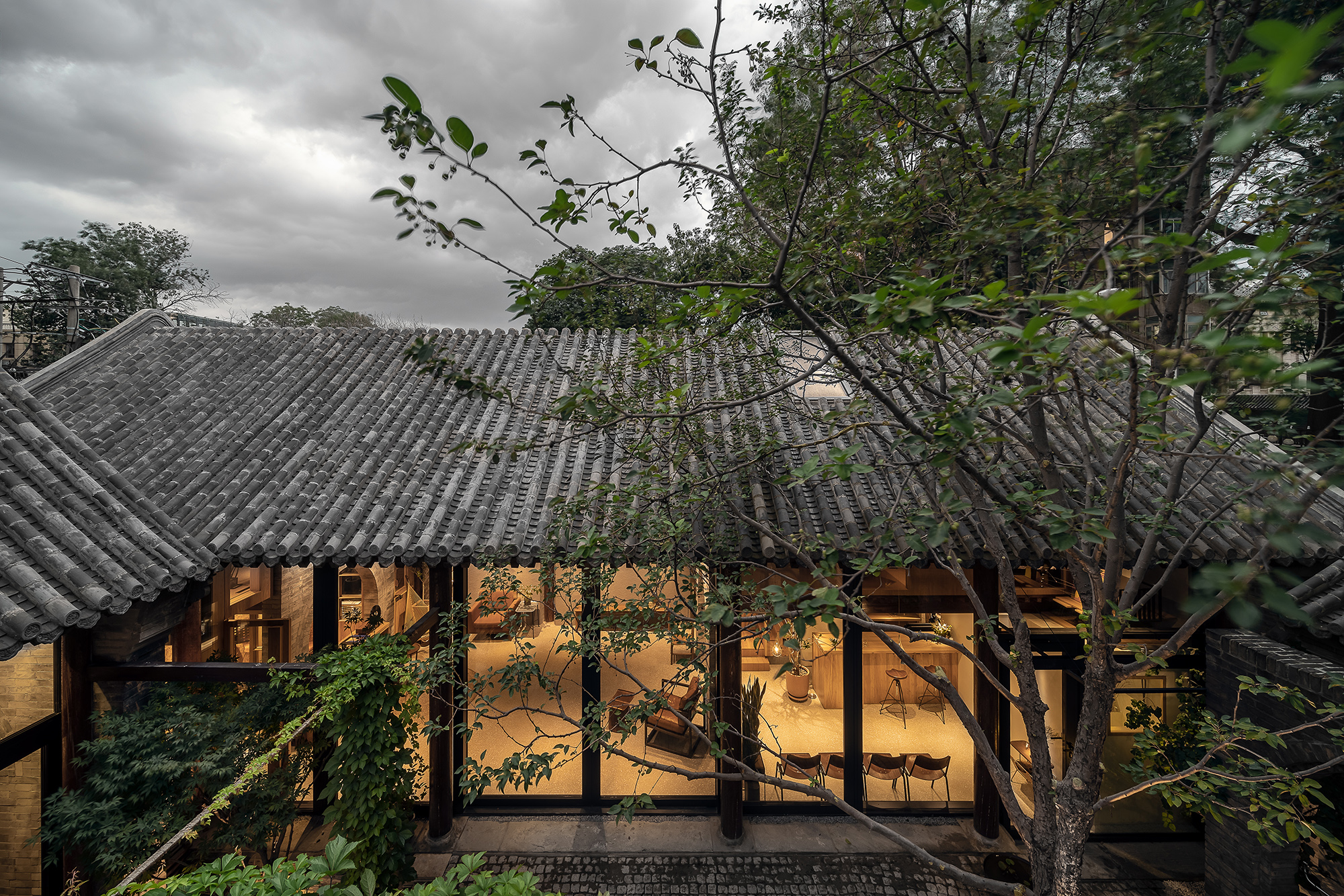
This modern hutong house design in the heart of Beijing sits between two ancient temple clusters – the north-east watchtower turret of the Palace Museum and the Zhizhu Temple. In such a historical and precious environment, the architects at Days in Yard studio knew they had to think long and hard about their approach when they embarked on the redesign of a Chinese hutong house – hutongs being the alleyways with clusters of small-scale dwellings found in parts of Beijing, of which now only a handful remain intact – into a contemporary family home. The result, named Shiyuan (as such traditional courtyard houses as known), is an elegant feat of sustainable architecture, maintaining its period character while employing 21st-century Passvhaus principles.
Traditionally, the courtyard of a hutong house serves both as a private space and a meeting place, the architects explain. Similarly, in this modern rework, the studio kept the outdoor area at the core of the plan open. It is visible from most parts of the home, becoming the heart of the domestic space. The project fittingly combines a residence for an architect's family, with extra space for a design office and more social areas, which the creative uses for events and cultural activities.
Modern hutong house for an architect’s family
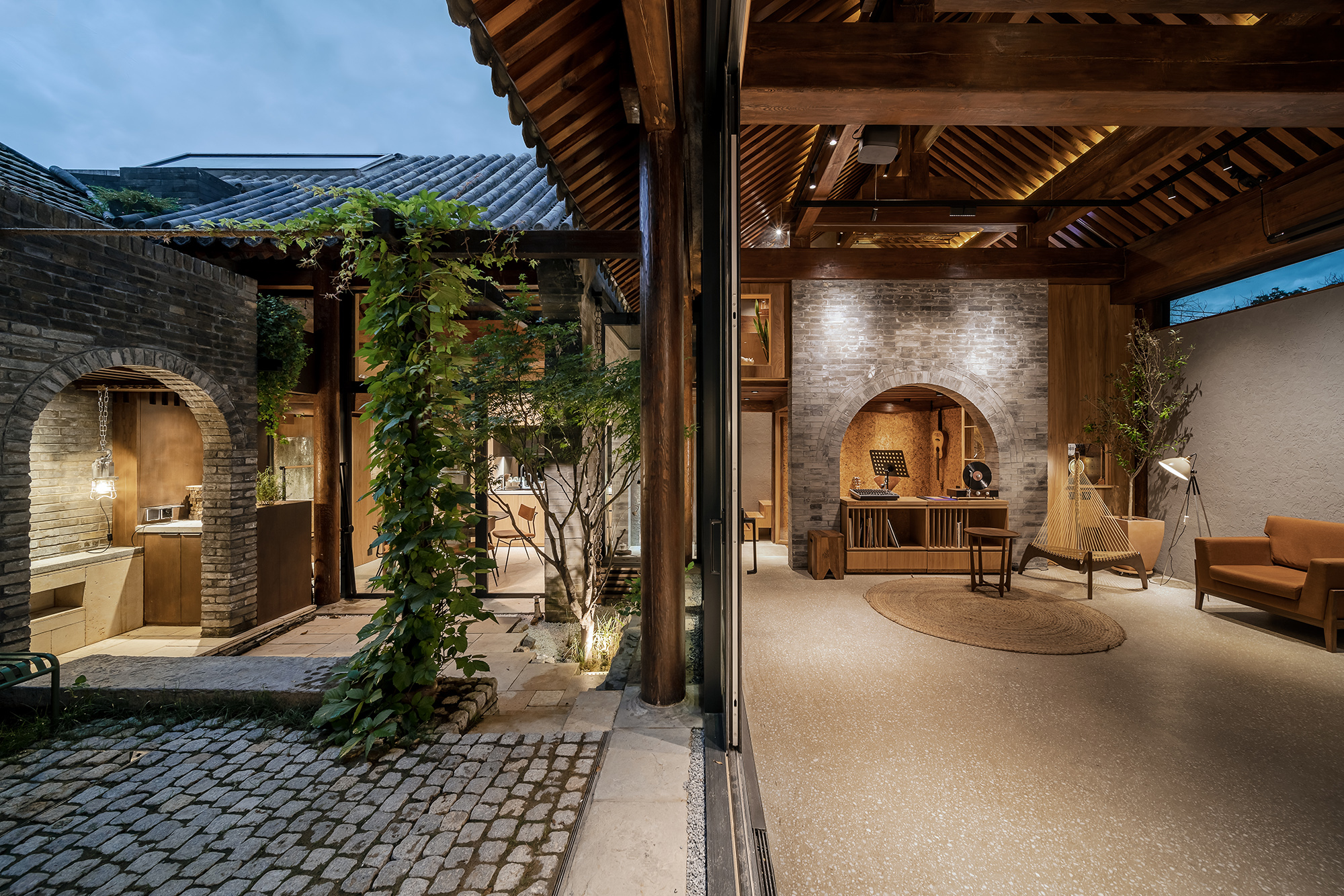
Much of the original building fabric was compromised, with many architectural elements, such as parts of the timber structure or the masonry walls, either being irreversibly damaged over the years or missing entirely. Restoring these features, while reworking openings and vistas and considering neighbours’ views and lighting requirements in what is a very tight-knit urban context, were all paramount in the design development.
’When I took over the remodelling of this courtyard, we did have quite a few available precedents to follow regarding ancient building construction. For instance, we have observed more than a few cases and relevant examples in garden designs, contemporary space design approaches, and fresh use of materials. The questions we have raised here are: how to make a return to courtyard lifestyle more liveable? What technical standards could be used for reference?’ recalls project architect Haipeng Ren.
The answer was found in the Passivhaus principles, which allowed for the home to preserve its character while opening up. Now, the interior connects both different rooms, through views through and lack of hard dividers between areas, and exterior and interior spaces, thanks to the key role the courtyard plays. The result is an ecologically sensitive design that brings the respected, valuable historical typology to the 21st century, while creating a comfortable family home.
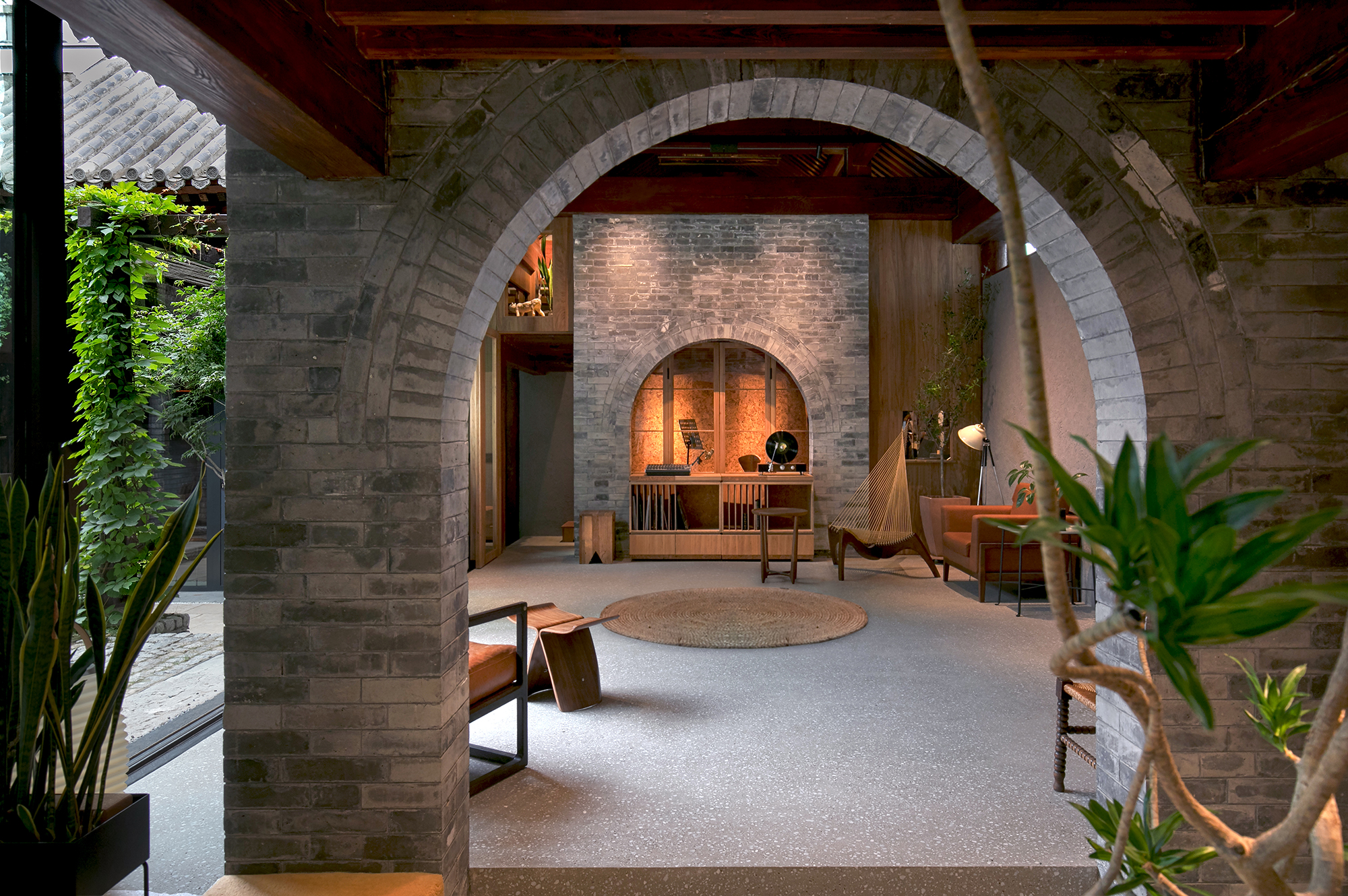

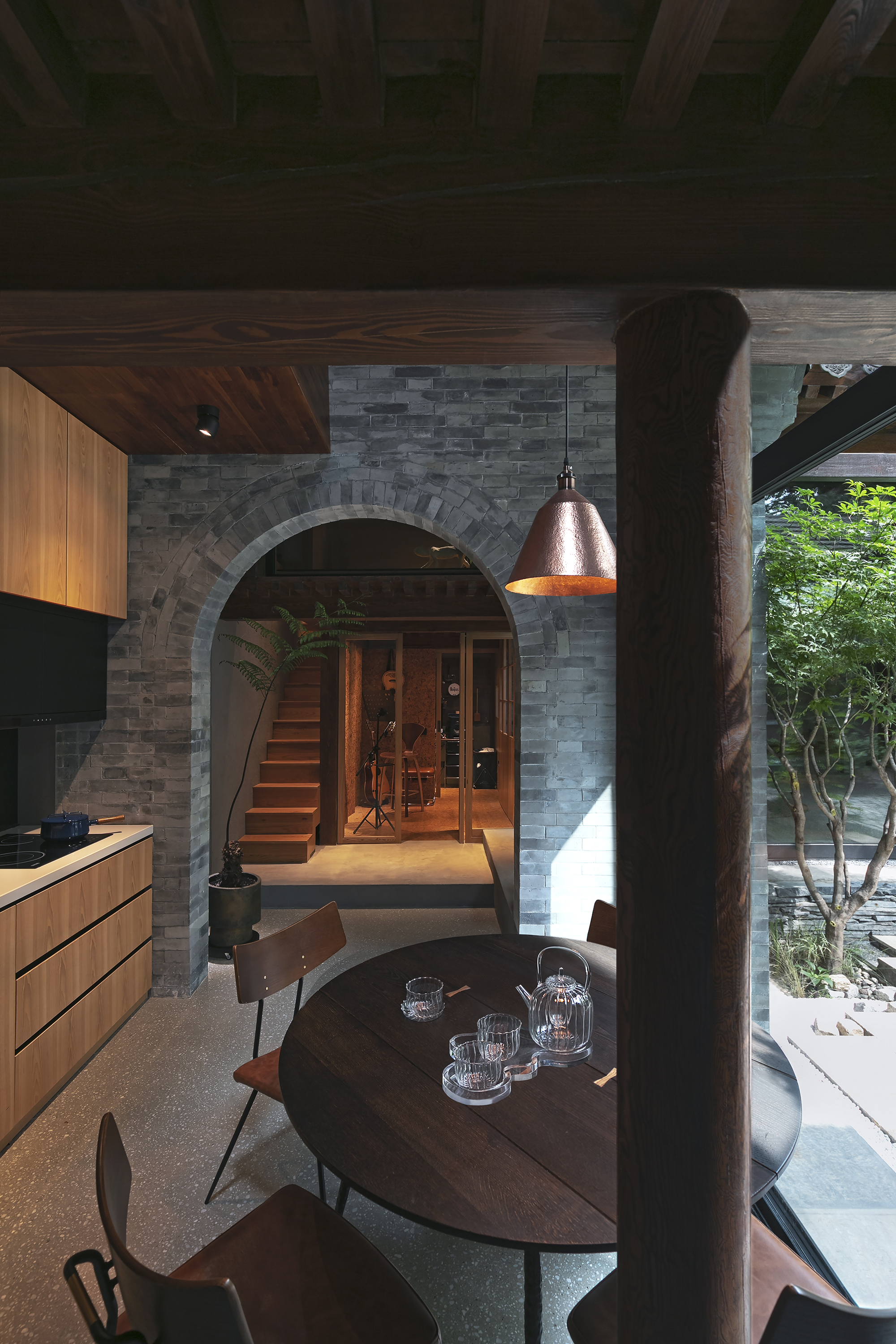
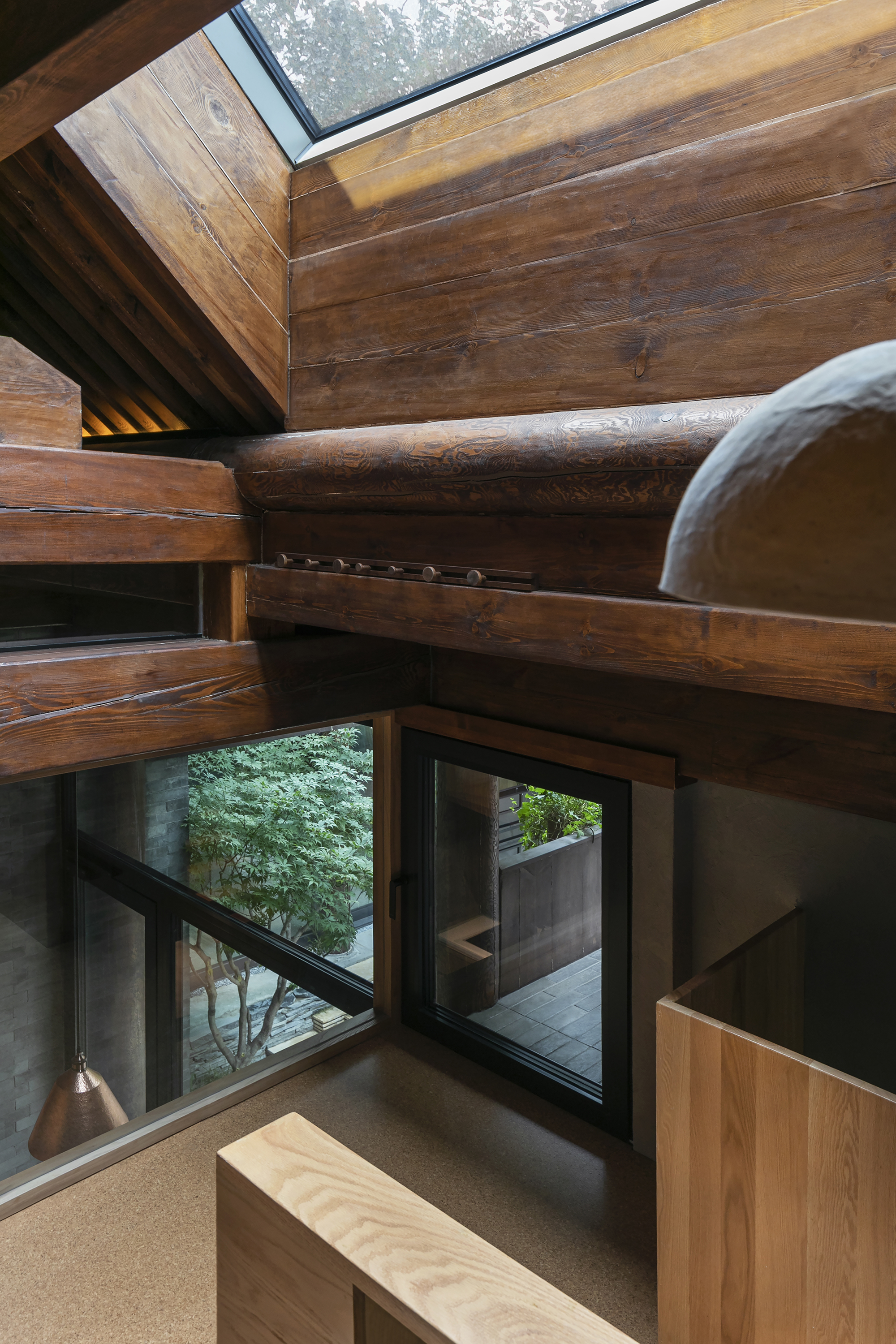

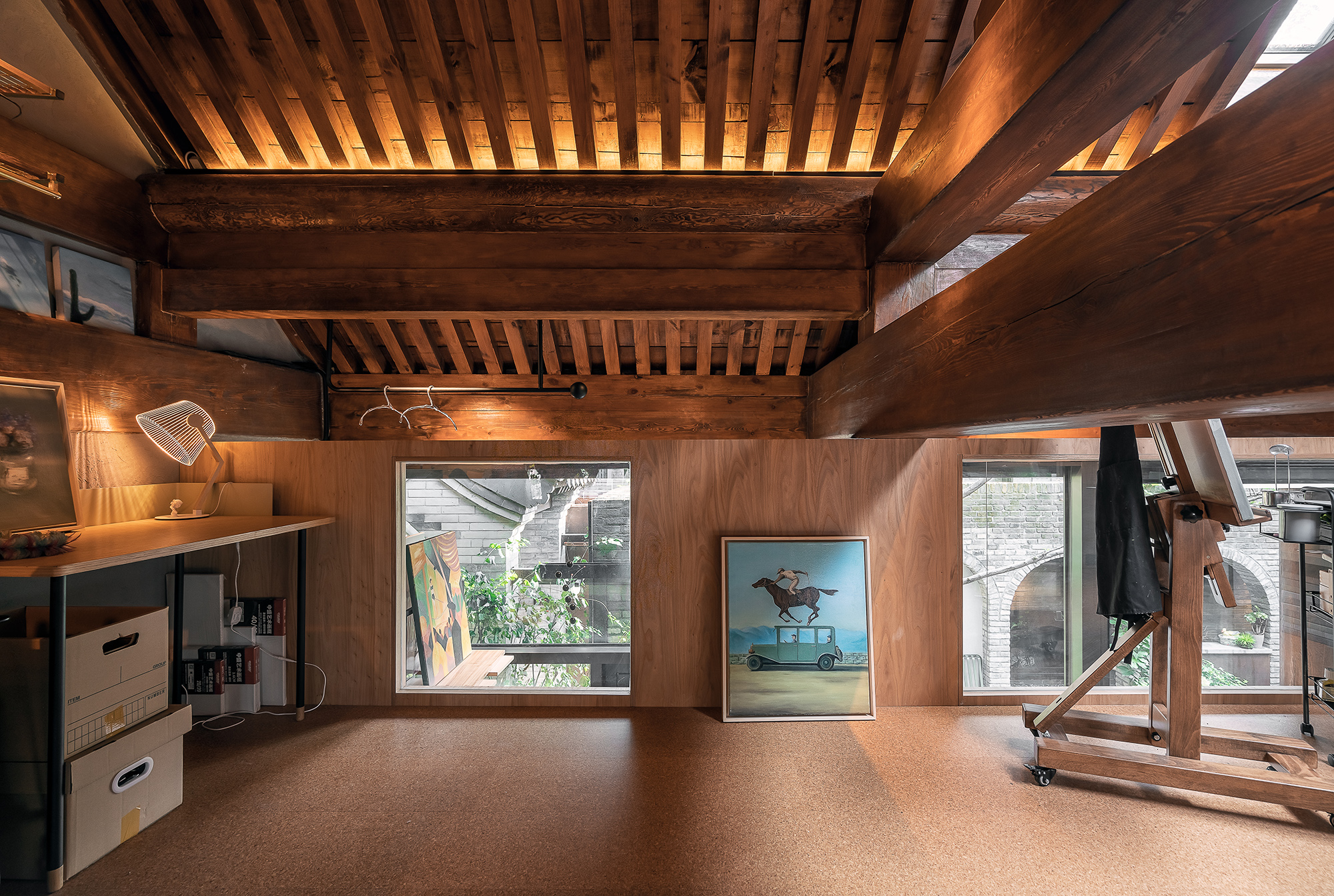
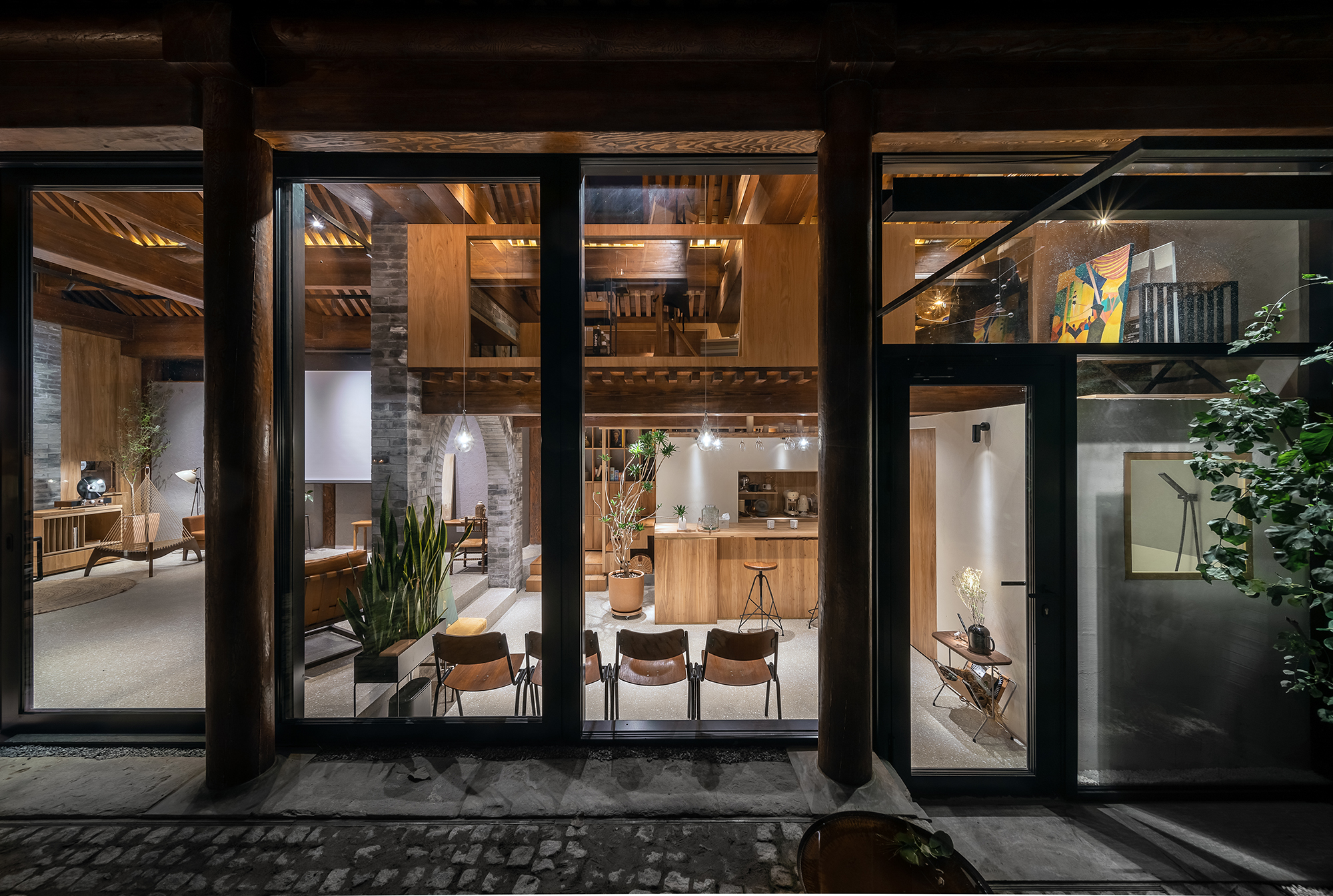
INFORMATION
Receive our daily digest of inspiration, escapism and design stories from around the world direct to your inbox.
Ellie Stathaki is the Architecture & Environment Director at Wallpaper*. She trained as an architect at the Aristotle University of Thessaloniki in Greece and studied architectural history at the Bartlett in London. Now an established journalist, she has been a member of the Wallpaper* team since 2006, visiting buildings across the globe and interviewing leading architects such as Tadao Ando and Rem Koolhaas. Ellie has also taken part in judging panels, moderated events, curated shows and contributed in books, such as The Contemporary House (Thames & Hudson, 2018), Glenn Sestig Architecture Diary (2020) and House London (2022).
-
 Volvo’s quest for safety has resulted in this new, ultra-legible in-car typeface, Volvo Centum
Volvo’s quest for safety has resulted in this new, ultra-legible in-car typeface, Volvo CentumDalton Maag designs a new sans serif typeface for the Swedish carmaker, Volvo Centum, building on the brand’s strong safety ethos
-
 We asked six creative leaders to tell us their design predictions for the year ahead
We asked six creative leaders to tell us their design predictions for the year aheadWhat will be the trends shaping the design world in 2026? Six creative leaders share their creative predictions for next year, alongside some wise advice: be present, connect, embrace AI
-
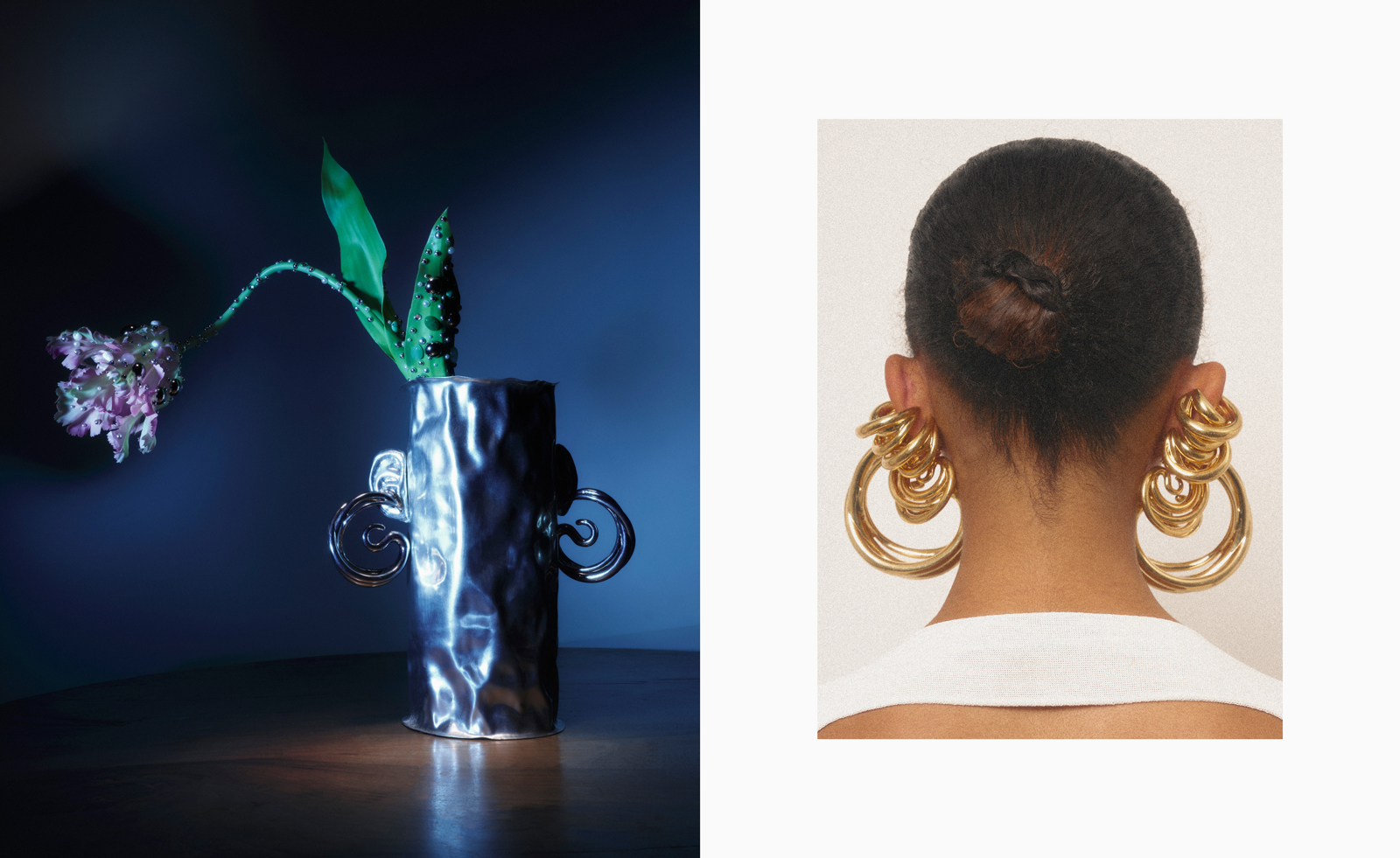 10 watch and jewellery moments that dazzled us in 2025
10 watch and jewellery moments that dazzled us in 2025From unexpected watch collaborations to eclectic materials and offbeat designs, here are the watch and jewellery moments we enjoyed this year
-
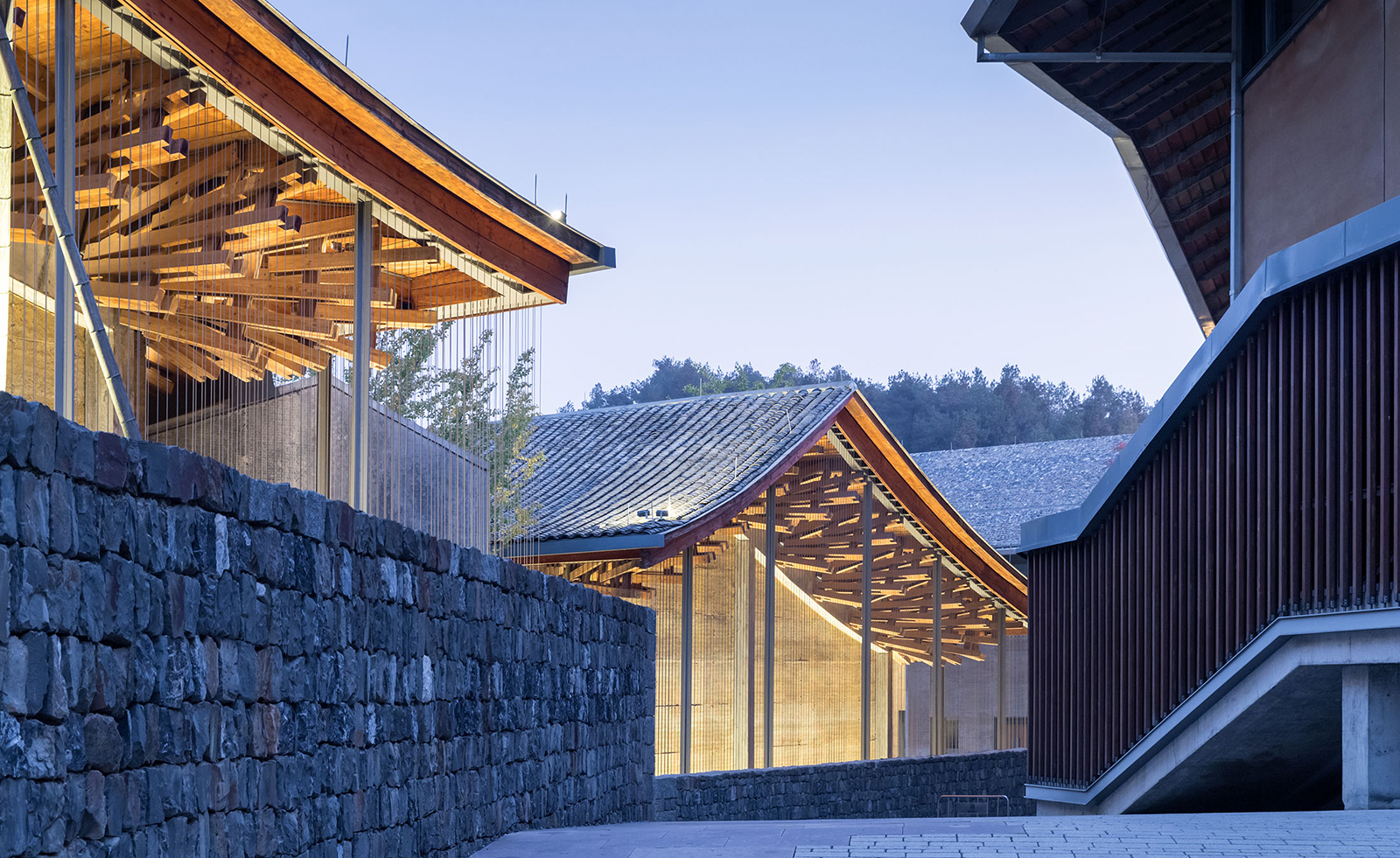 Wang Shu and Lu Wenyu to curate the 2027 Venice Architecture Biennale
Wang Shu and Lu Wenyu to curate the 2027 Venice Architecture BiennaleChinese architects Wang Shu and Lu Wenyu have been revealed as the curators of the 2027 Venice Architecture Biennale
-
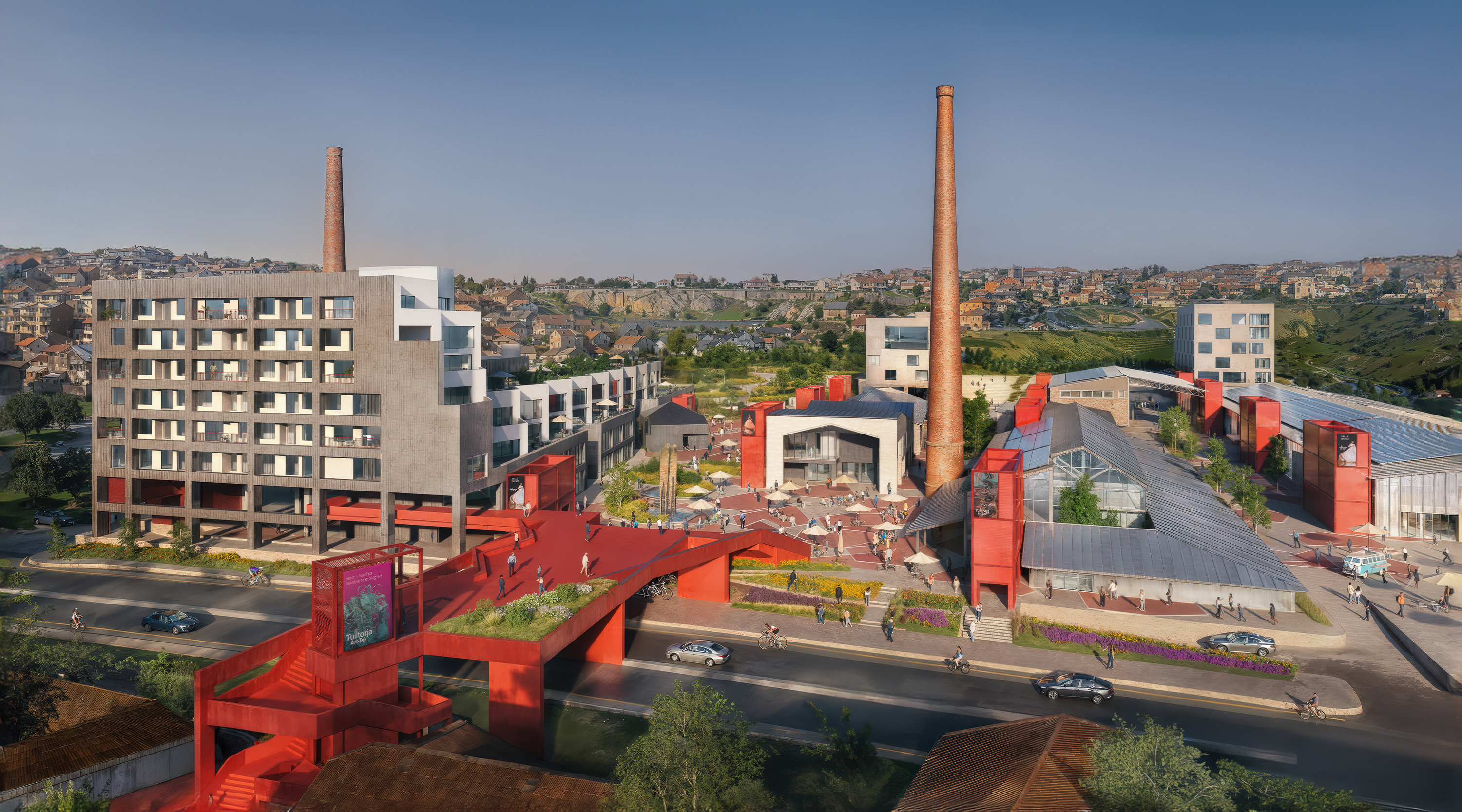 At the Holcim Foundation Forum and its Grand Prizes, sustainability is both urgent and hopeful
At the Holcim Foundation Forum and its Grand Prizes, sustainability is both urgent and hopefulThe Holcim Foundation Forum just took place in Venice, culminating in the announcement of the organisation's Grand Prizes, the projects especially honoured among 20 previously announced winning designs
-
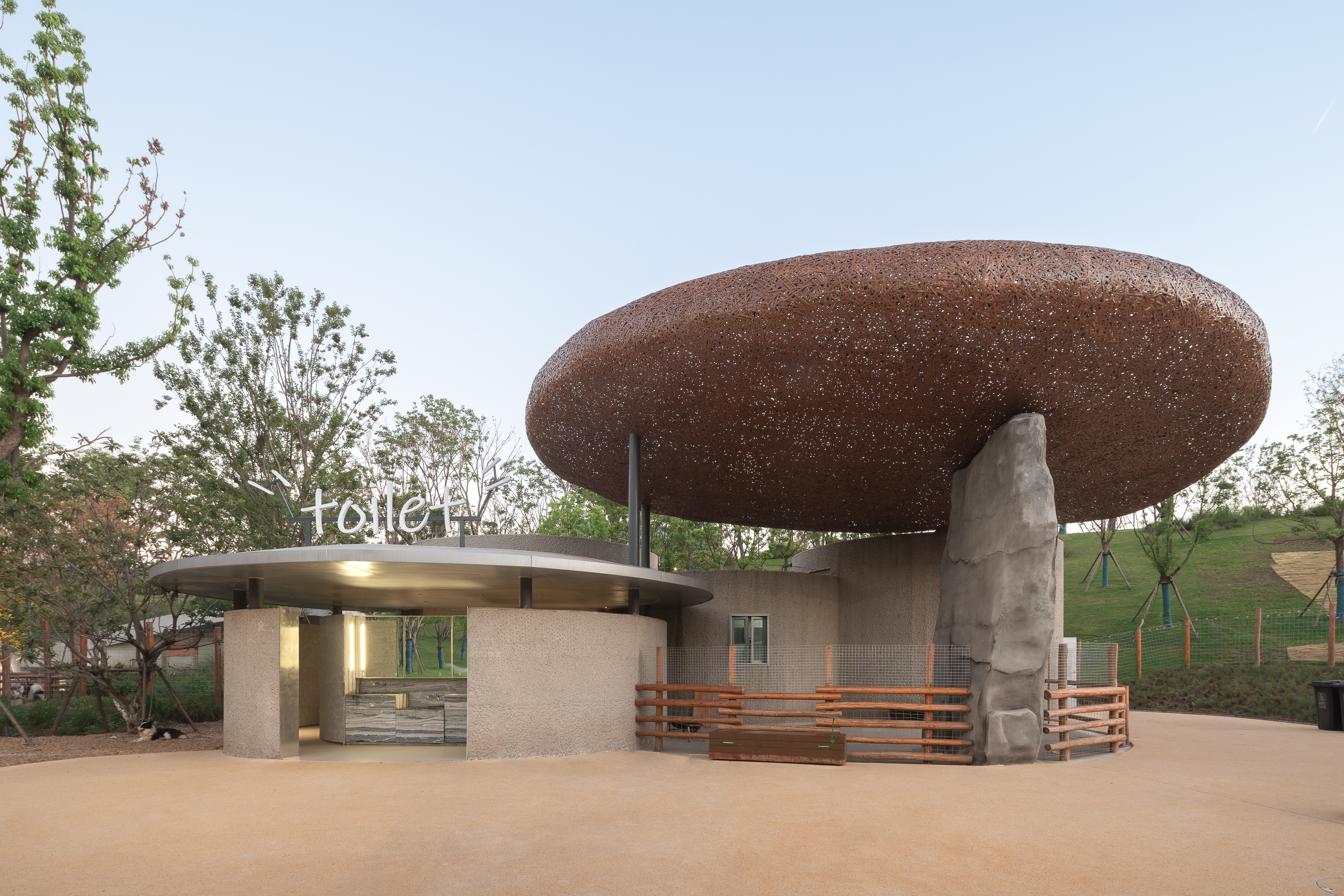 Tour this Chinese eco-farm, an imaginative wonderland connecting visitors with nature
Tour this Chinese eco-farm, an imaginative wonderland connecting visitors with natureLuxeIsland Farm by Various Associates is an eco-farm and visitor attraction in China’s picturesque Wuhan region; take a stroll across its fantastical landscape
-
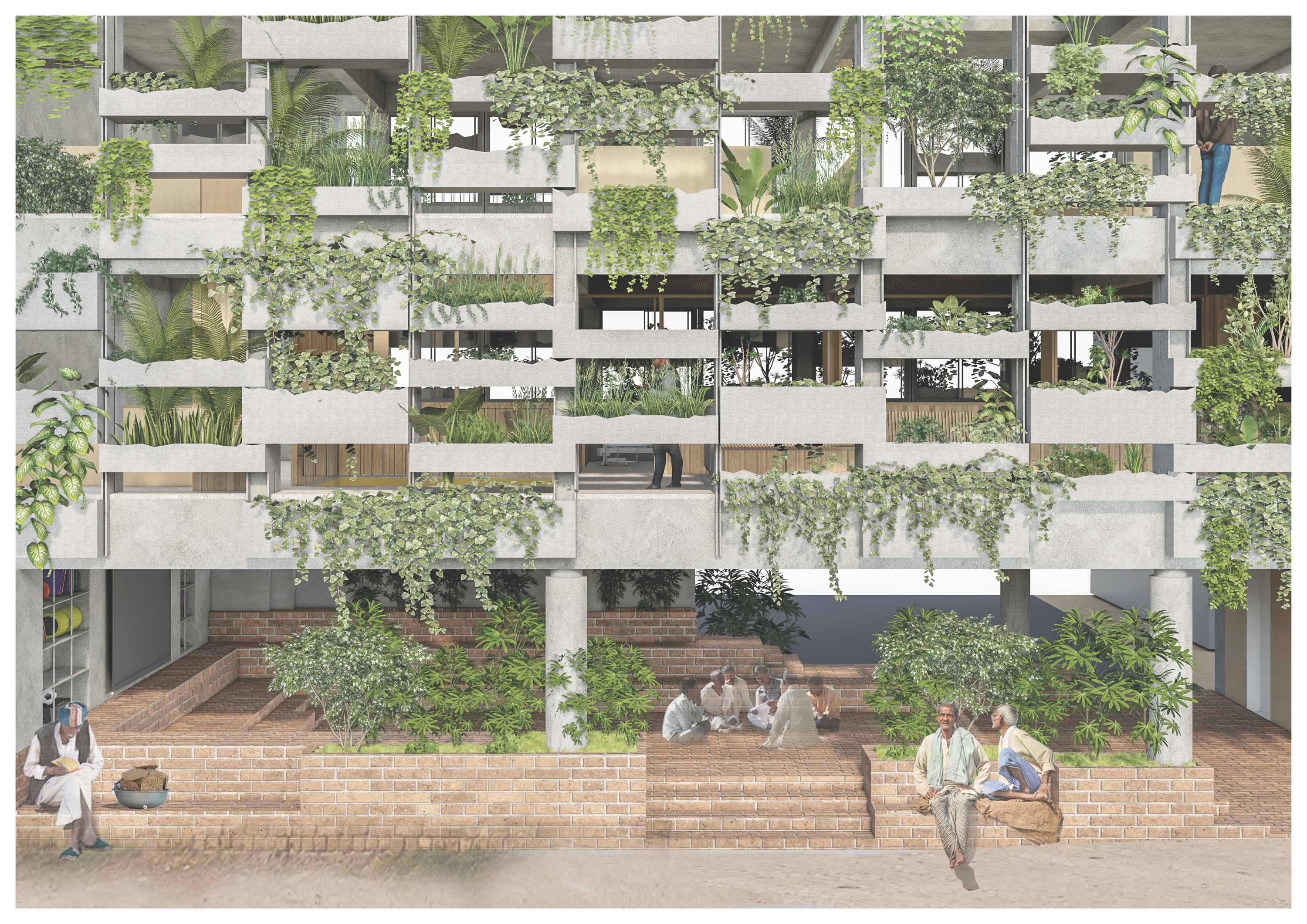 Holcim Foundation Awards celebrate sustainability with 20 winners; Sou Fujimoto explains all
Holcim Foundation Awards celebrate sustainability with 20 winners; Sou Fujimoto explains allThe 2025 Holcim Foundation Awards have just been announced, crowning 20 projects from across the globe as the most inspirational schemes in the field of sustainable architecture; we caught up with Asia Pacific jury chair Sou Fujimoto to find out more
-
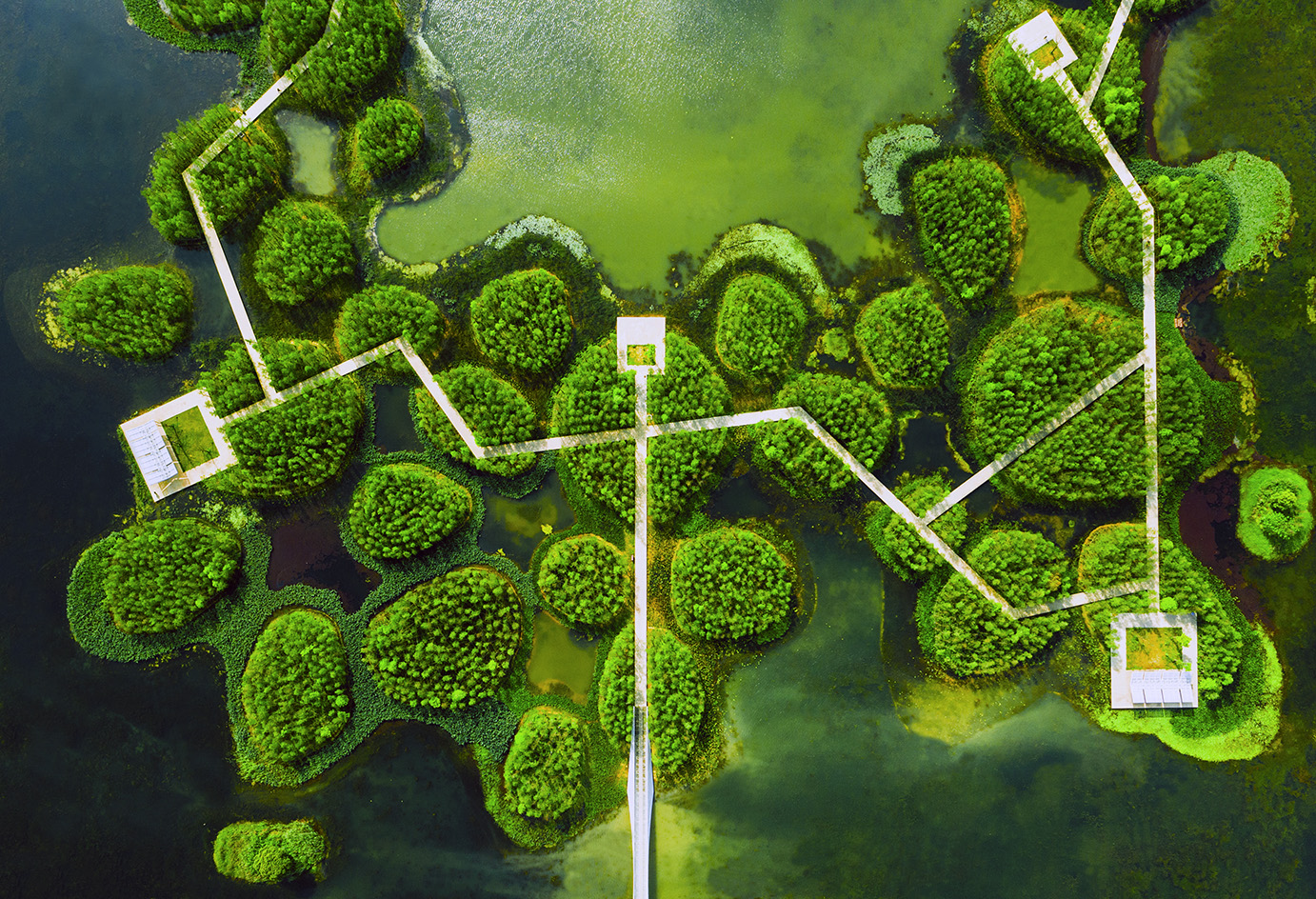 Honouring visionary landscape architect Kongjian Yu (1963-2025)
Honouring visionary landscape architect Kongjian Yu (1963-2025)Kongjian Yu, the renowned landscape architect and founder of Turenscape, has died; we honour the multi-award-winning creative’s life and work
-
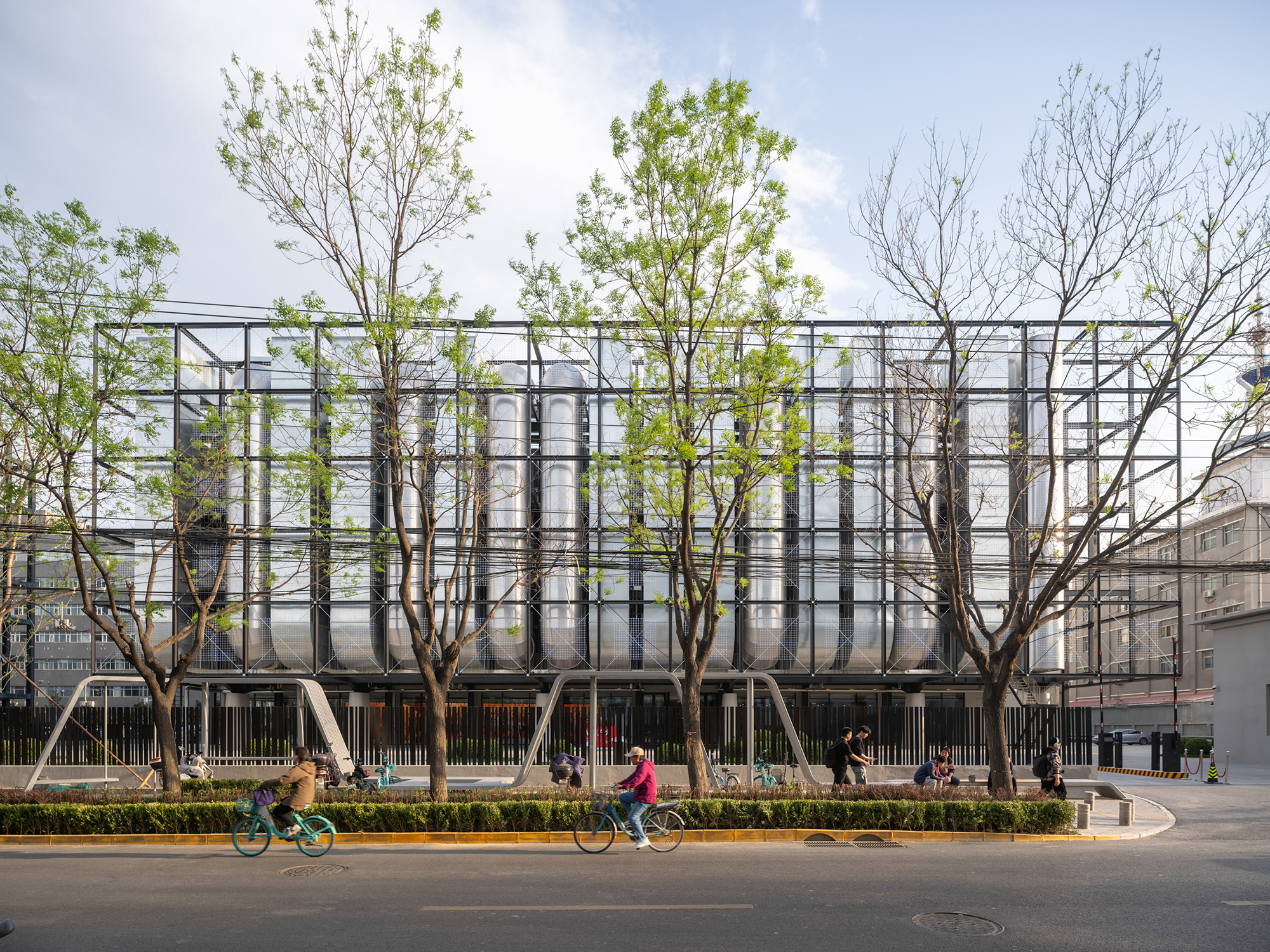 A new AI data centre in Beijing is designed to evolve and adapt, just like the technology within
A new AI data centre in Beijing is designed to evolve and adapt, just like the technology withinSpecialised data centre Spark 761, designed by llLab, is conceived as a physical space where humans and AI technology can coexist
-
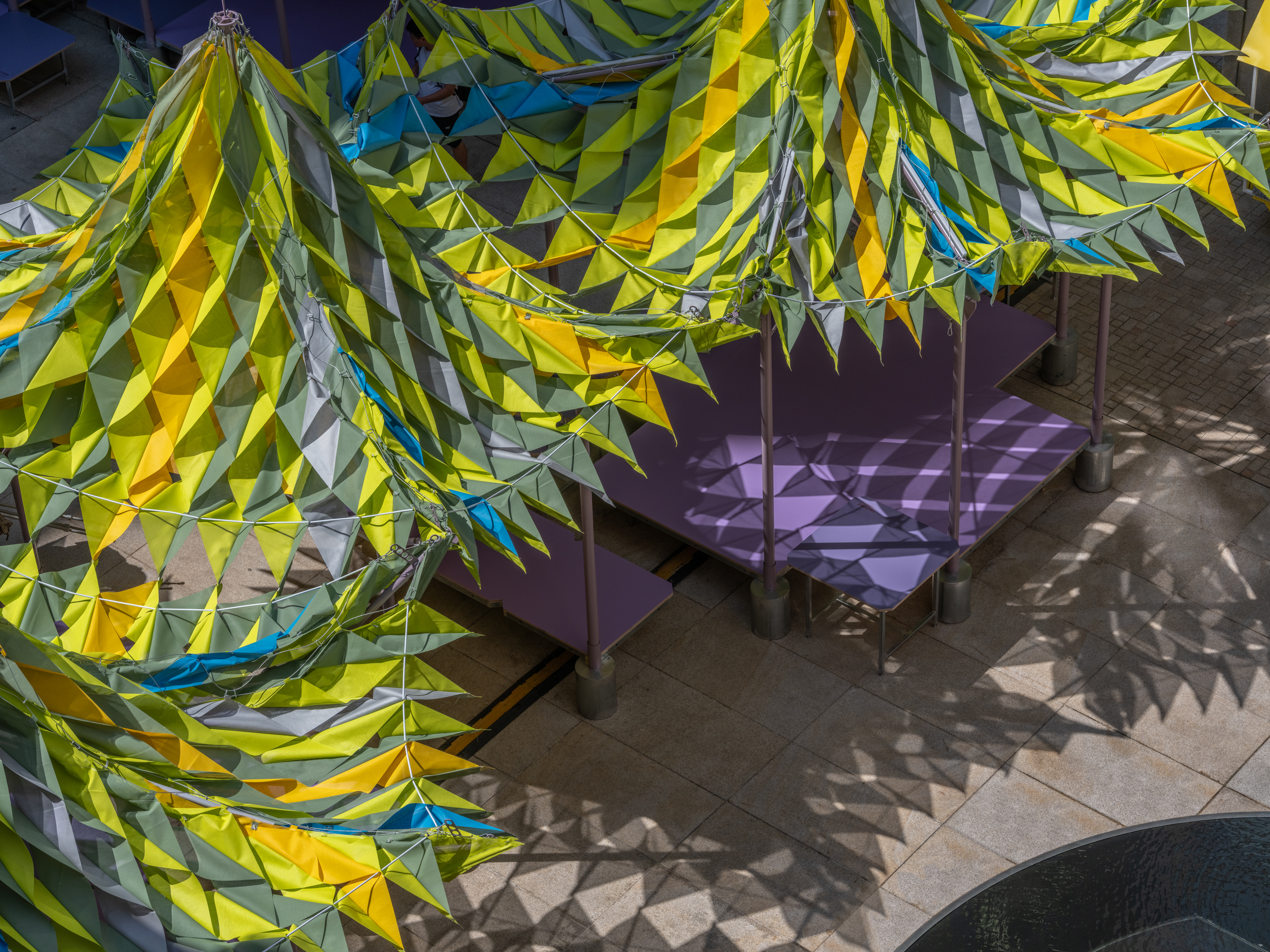 Shanghai’s biennial, RAMa 2025, takes architectural exploration outside
Shanghai’s biennial, RAMa 2025, takes architectural exploration outsideRAMa 2025, the architecture biennial at Rockbund Art Museum in Shanghai, launches, taking visitors on a journey through a historic city neighbourhood – and what it needs
-
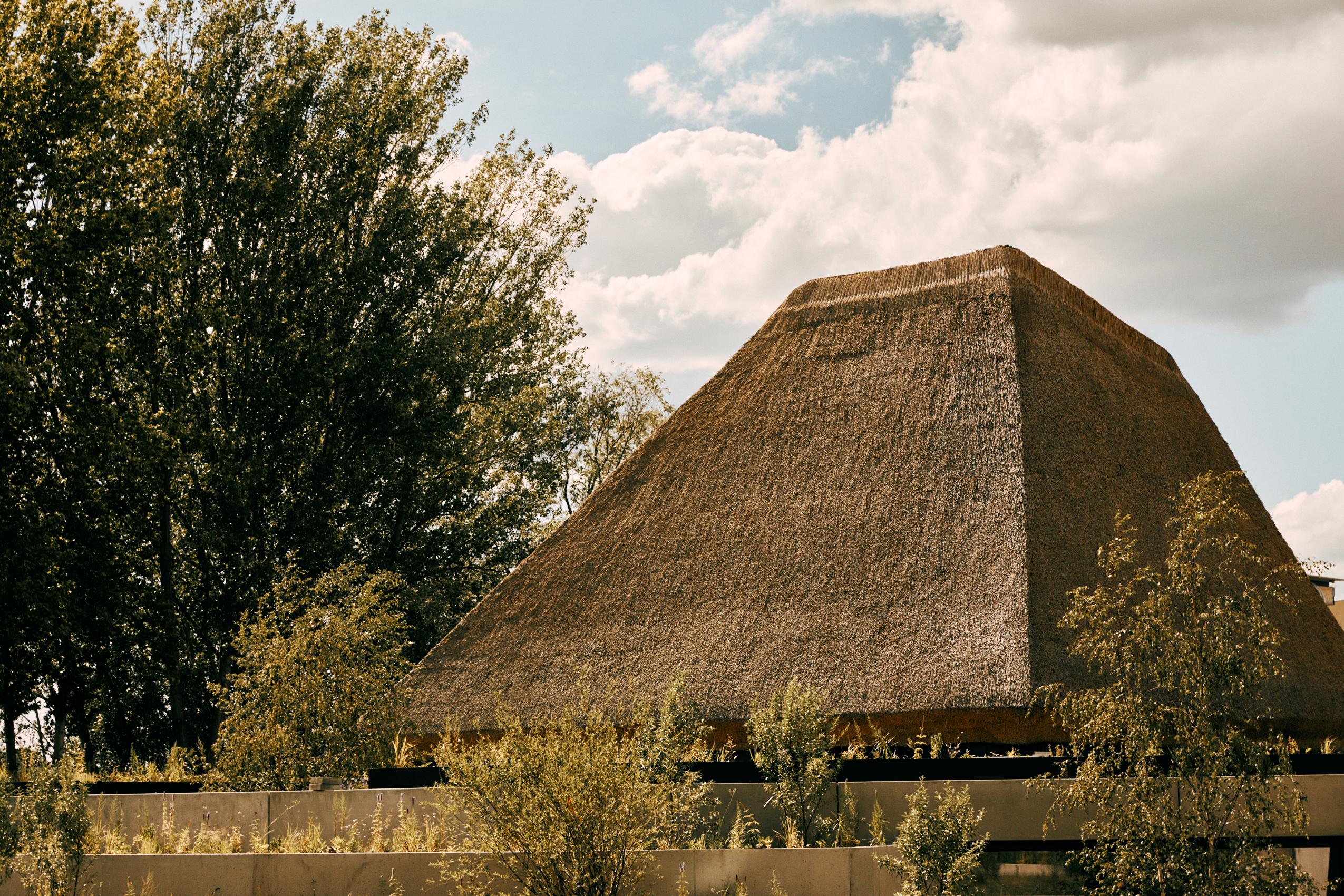 What are biomaterials? Everything you need to know about Mother Nature's building blocks
What are biomaterials? Everything you need to know about Mother Nature's building blocksCould the cities of the future be grown from plants, bacteria and fungi? Architects explain